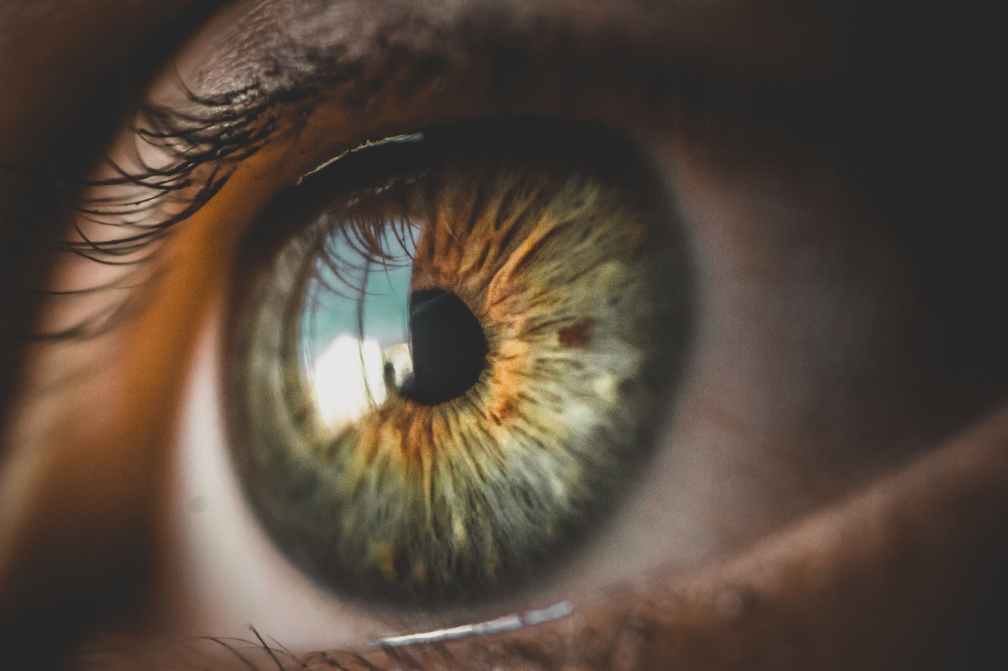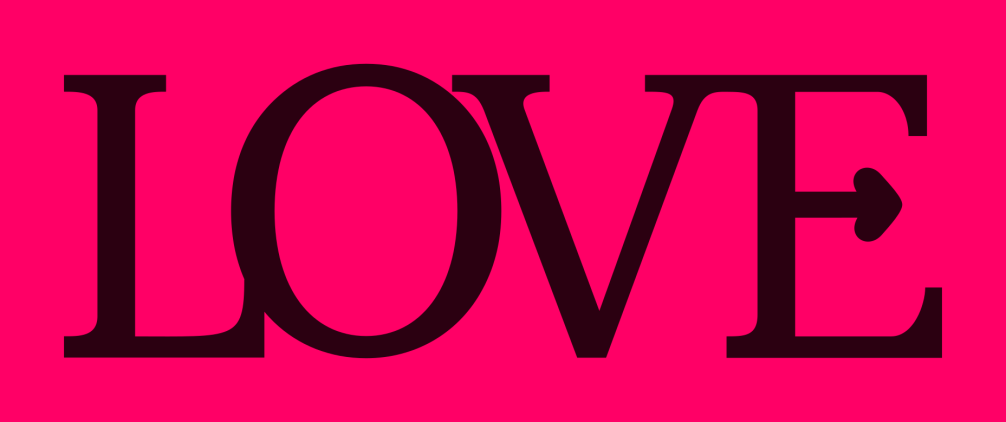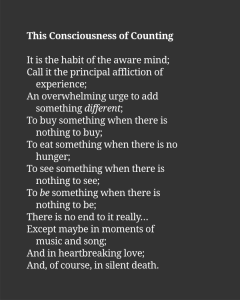You can be sure of conscious existence. Conscious existence is the first real thing. The reality you experience emerges as an ever-changing flow of images. This flow is superficially orderly but upon close examination that sense of flow is derived from random change. Random change is the second real thing. From existence and random change we derive space. Space is the consciousness of unique entities (e.g., p, and NOT p) existing at extended intervals from each other. The discernment of unique entities and their extension apart from each other forms the fundamentals of duality and all logical reasonings: both XOR-logics, and OR-logics. Spatial extension is the third real thing. Space undergoes changes in scale. We can count arbitrary intervals between the instantaneous conscious experiences of space and call that time. Counting time is the fourth real thing.
At certain scales a reliable probabilistic succession of images emerge. We call this reliable succession of images “Physics”. Physics is the method that allows conscious beings to predict the future and match expectations with future experience. Physics allows for there to be a shared predictive reality. But conscious existence is fundamentally random so it is important to remember the laws of physics are contingent and are fundamentally very good approximations.
The idea that what we perceive is an illusion is, perhaps, the biggest illusion of all. Most discussions about what is real and what is illusion begin without any epistemological foundation, and are quite shallow as a result. There is usually no method offered for distinguishing illusion from reality. Here are several different kinds of illusions:
- An optical illusion is a trick of perception.
- A magician’s trick is an illusion of distraction.
- Hallucinations and dreams are where there is perception in the absence of immediate external stimuli.
The world is understood through conscious perception. For some thinkers, this fact is itself proof that reality is illusory. Perceptions are often distorted or are interpreted by brains in particular ways to help organisms orient themselves in the world. These distortions and interpretations are often shared by all members in a particular species and thereby form a persistent, and predictable collective experience. Collective experience is the fifth real thing.
The world in its totality is very different from how we perceive and interpret it. However, this totality is actually LESS real than the limited perceptual data we receive from our senses, and LESS real than the distorted interpretation of that perceptual data. Indeed, the research of Donald Hoffman [1] indicates that perceiving the world as it is in totally is not helpful for biological survival. In my system, every object of the subjective imagination including illusions — from gravity to unicorns — are real. Subjective imagination is the sixth real thing. From subjective imagination, all subsequent realities are derived.
Subjective imagination can be likened to an unbounded and free scalar field. Reality, therefore, would be a density function in that field.
We imagine there is space to think, to breathe and move. This imagination is very, very, very persistent so its density in the field of imagination is high. Very dense imaginations we designate as more real and we rely heavily upon them to generate future experiences.
So all experiences are images in the imagination. This is what drives the idea that all experiences are illusions. But illusions are characterized by their trickiness — by being unreliable for generating future experiences that are desired or anticipated. If something that is illusory becomes effective in satisfying desires and expectations it will increase in frequency and increase in its degree of realness. It is possible through collective agreements and collective practices to convert what was illusion into reality. This is because illusion and reality are not totally different things but operate as a unified field.
So, reality is the set of experiences that persist enough that one begins to rely on them for generating new experiences. Dreaming is a part of most people’s reality, while the content of dreams are usually not persistent enough for most people to rely on. Clearly, building reality as defined here is not a purely objective process; nor is it reasonable to expect reality to be necessarily objective. Our most profound realities are indeed collectible and shareable.
So, here’s my working definition for “reality”: Reality (R) is directly proportional to the frequency (F) that a perceived event aligns with predicted expectations (p); plus the signal amplitude (A) of any event above a flat baseline (b) of perceptual awareness (or boredom).
This would imply that “reality” is something experienced by observers (or consciousness agents), and that it is determined by how frequently an event meets the anticipated expectations of a given observer. The more often the expectation of the observer is met, the more real the event is determined to be.
Scientific phenomena would be accounted for by the high frequency aspect of this definition. Cultural practices, social norms (like the use of money), and individual habits would also be described by the frequency component of the definition.
Very intense one-time events, like a sudden punch in the face or natural disasters, can also seem real. This is accounted for by the amplitude aspect of the definition. The relative amplitude of an event is determined against the baseline boredom level of the observer(s). Observers can be said to be bored when they report that nothing is happening in the perceptual field. Boredom itself, given its high frequency in the awareness of observers, is a type of reality.
In closing:
As a single footstep will not make a path on the earth, so a single thought will not make a pathway in the mind. To make a deep physical path, we walk again and again. To make a deep mental path, we must think over and over the kind of thoughts we wish to dominate our lives.
― Wilfred Arlan Peterson




